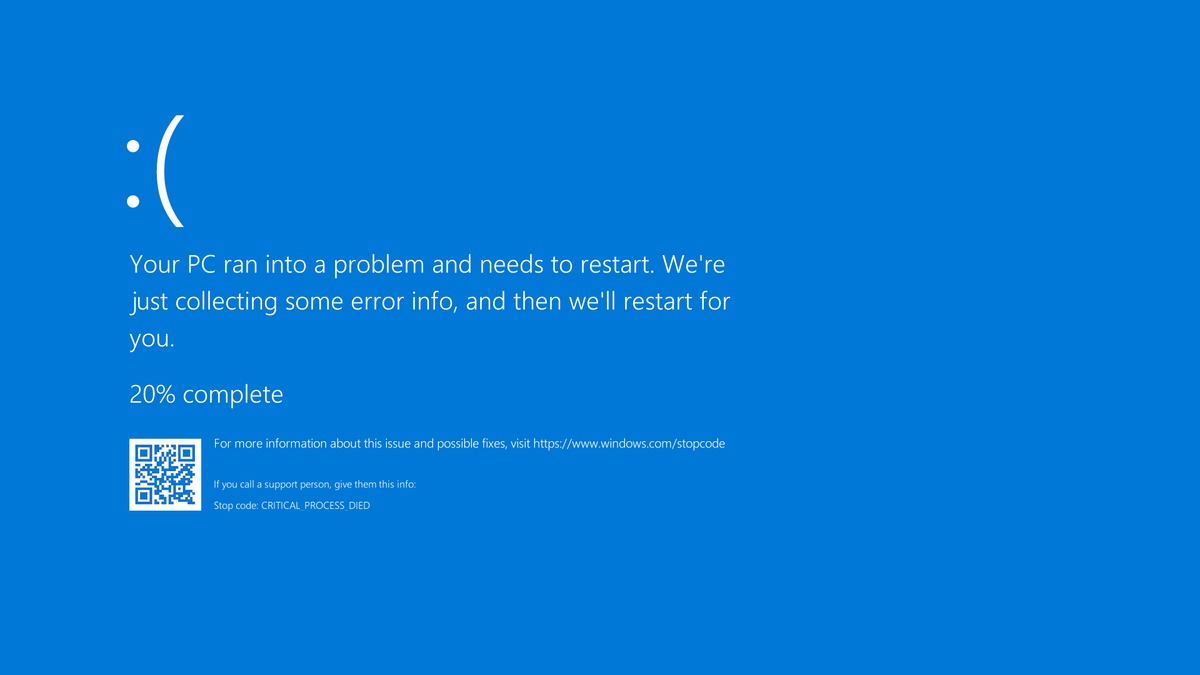In the last 12 months, there have been 6 different patches that Microsoft has released that caused widespread system crashes. However, Microsoft forces users to update even if the update will cause a crash. This change in the way Microsoft pushes out updates to users has been getting more forceful over the years. While Windows updates are extremely important, users should have the ability to choose if they want to install them at all. Microsoft has good reasons for doing this – it is to keep us all safe from the Internet’s bad guys – but with the recent history of patches that crash computers, we need another way. Many businesses have returned to work the day after an update to find several computers had blue screened. There has to be a better way.
Why is patch management so important?
Each month, Microsoft will issue an update for Windows 10 and other Microsoft products. These updates will fix any security holes that were found and may also contain new features or bug fixes. However, security holes are the biggest reason for this. For example, the May 2020 update for Windows-based programs contained 111 security fixes to holes that had been identified. 111 holes in one update. But it doesn’t end there. This was the third month in a row that Microsoft’s updates had contained fixes for more than 100 security holes. Each of these holes could conceivably be used to compromise a computer. That is why installing these patches is so critical to keeping your computers safe from attackers.
Microsoft Forces Users to Update
In the past, Windows updates could be completely turned off. It was left to the user to install them when they were published. However, worms like WannaCry and Petya (also Not Petya) shifted this policy to be more forceful over the years. Updates could no longer be turned off but delayed, then the delay time was reduced to shorter periods. At this point, unless a user makes changes to their system, Windows updates will be installed as soon as they are released.
Microsoft was the focus of a lot of flak when worms moved quickly around the world and infected systems. But at the core, this isn’t Microsoft’s fault. They had already released patches for the holes these worms used to spread. But users around the world never installed them. That didn’t stop Microsoft from being targeted. So Microsoft started to get more strict with how updates are installed and that led us to where to we are today.
Updates must be kept current to keep computers safe. This is especially true for medical practices and businesses. However, there needs to be more control given back to the users over this process. Time must be allowed for Microsoft to identify buggy patches and fix them before a user installs them.


